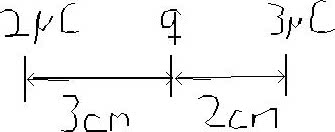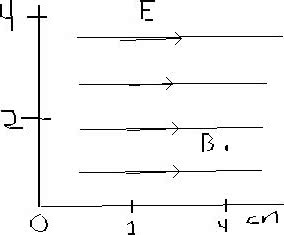PHYS 251 Chapter Notes - Chapter 21.1-21.3: Electric Potential Energy, Electric Potential, Voltage
Document Summary
The ele(cid:272)tri(cid:272) pote(cid:374)tial e(cid:374)ergy of a (cid:272)harge (cid:272)a(cid:374) (cid:271)e deter(cid:373)i(cid:374)ed (cid:449)he(cid:374) it"s at a parti(cid:272)ular positio(cid:374) (cid:271)y computing how much work it took to move the charge to that position. Electric potential: the potential for creating potential energy (cid:1847)elec=(cid:1848) The electric potential is created by the source charges and is present at all points in space. Electric potential tells us how the source charges would provide q with potential energy. The unit of electric potential is the joule per coulomb, also called the volt (v) When there is no force on charge q, no work needs to be done to move it from a to b so electric. 21. 2 sources of electric potential potential energy remains unchanged so that (cid:4666)(cid:1847)elec(cid:4667)a=(cid:4666)(cid:1847)elec(cid:4667)b. Potential difference = (cid:1848)=vb va and is zero. A potential difference is created by separating a positive and negative charge. Battery: creates a fixed potential difference, use chemical reactions to create an internal charge separation.



